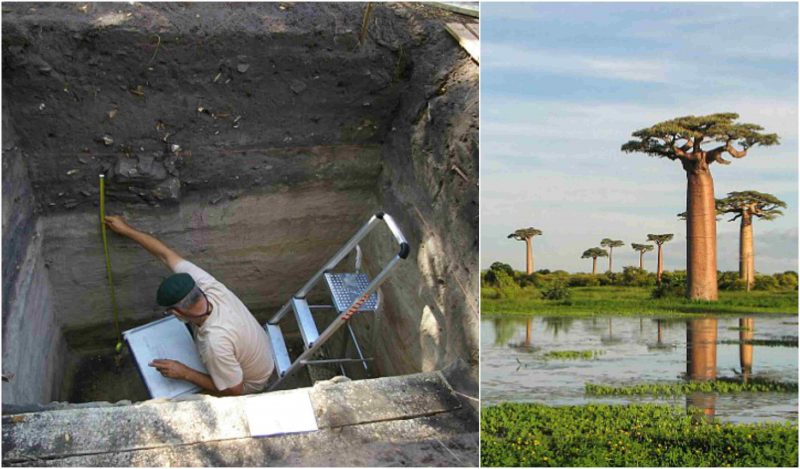The island of Madagascar remained for millennia an untouched paradise of giant baobab trees, strange birds, and the unique group of primates called lemurs. Around 2,000 to 1,000 years ago, the first humans arrived on the enormous island, just off the east coast of Africa.
Despite the fact that Madagascar lies a mere 300 miles from continental Africa, the first humans to the island appear to have come from Southeast Asia. The distance that these travelers endured is more than 3,730 miles (6,000 km). Archaeologists believe that they embarked on this journey in traditional canoes, canoes that are still used on the east coast of Madagascar today.
This is an interesting theory, but what is the evidence to support it? Researchers have been busy, and their work has been published in the journal, Proceedings of the National Academy of Sciences.
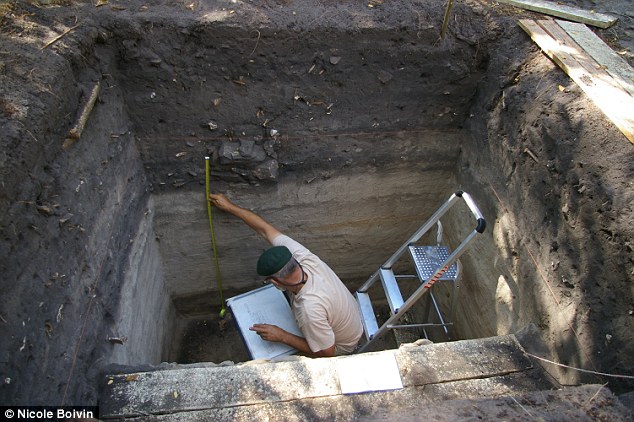
The evidence is this: archaeologists have discovered the residue of mung beans and rice from eighteen ancient settlements on Madagascar and the nearby Comoros Islands. These crops were originally from Asia, and this discovery suggests that people brought these crops with them on their journey. Alongside examining these ancient settlements, researchers widened their examination to 2,500 plant remains on Madagascar. What they found was that the plants had distinct and unique patterns of the species around the island.
Doctor Nicole Boivin, an archaeologist at the University of Oxford and the Max Planck Institute for the Science of Human History, expanded on and explained the significance of this find. “Southeast Asians clearly brought crops from their homeland and grew and subsisted on them when they reached Africa.” He said, “This means that archaeologists can use crop remains as evidence to provide real material insights into the history of the island.”
So, who were these intrepid travelers?
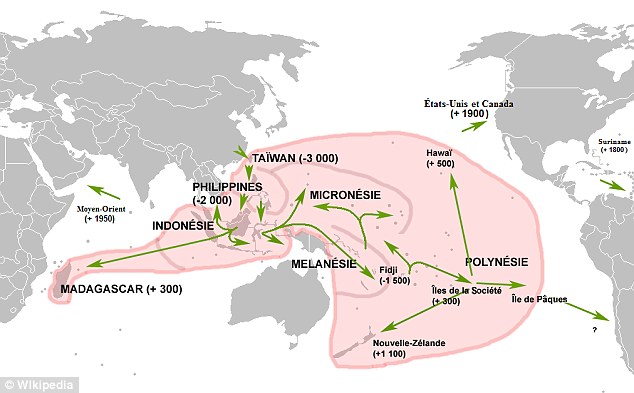
This group of Southeast Asians is known to researchers as Austronesians. This is a broad term that includes a range of aborigine and ethnic groups who all speak the Austronesian family of languages. For example, Taiwanese aborigines and the indigenous populations in Malaysia, East Timor, Philippines, Indonesia, Brunei, Polynesia, New Zealand, and Hawaii are all considered part of this group.
The Austronesians are thought to have been originally a farming culture that spread from somewhere in southern China or Taiwan. Madagascar was not their first destination. Experts believe that the Austronesians began to spread through the islands of Southeast Asia around 10,000 years ago, using the same traditional canoes that were already mentioned.
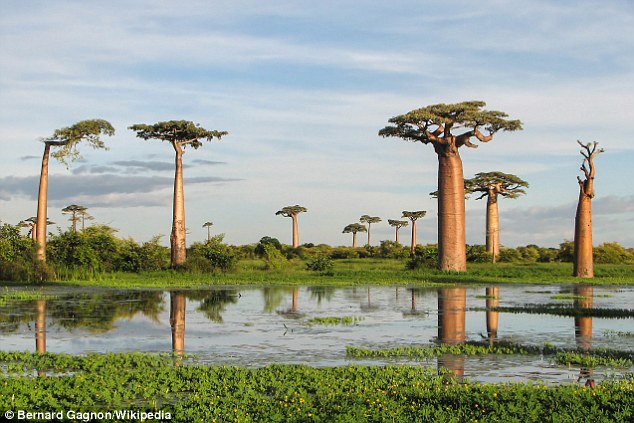
Naturally, there are several theories for their migration through the islands, but researchers seem to agree that they reached Polynesia around 1,000 BC. The Austronesians settled on Easter Island around 300 AD and the islands of Hawaii by 400 AD.
This would explain the surprising genetic research that has been completed: the modern-day inhabitants of Madagascar share close ancestry with people from Malaysia. This also explains why the inhabitants of Madagascar speak Malagasy, a language that is otherwise unique to Southeast Asia and the Pacific.
“There are a lot of things we still don’t understand about Madagascar’s past; it remains one of our big enigmas.” Dr. Boivin noted. “But what is exciting is that we finally have a way of providing a window into the island’s highly mysterious Southeast Asian settlement and distinguishing it from settlements by mainland Africans that we know also happened.”
Researchers found that the mung bean and rice residues only appeared on Madagascar between the 8th and 10th centuries AD. This, again, helped to confirm theories that humans from the Pacific Islands (who were originally from Southeast Asia) colonized Madagascar. Before these findings were made, some researchers had believed that humans had arrived on the island as early as 300 AD. With these new findings in the archeological record, archeologists are reconsidering the date.
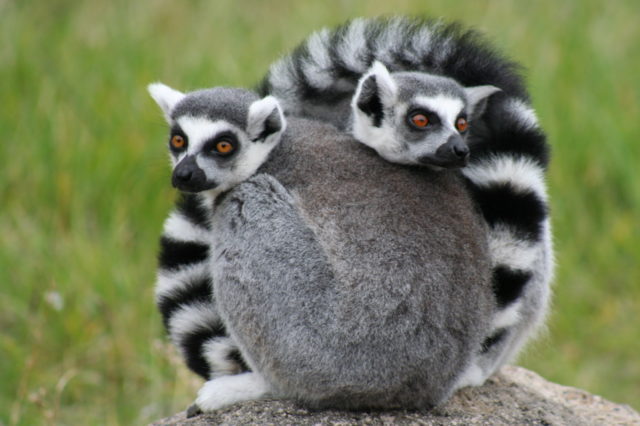
The 8th and 10th centuries are a relatively late date range for humans to arrive, and the reason for this date still presents a mystery to researchers. One of the theories is that the Austronesian people had colonized Madagascar only after settling on nearby islands or somewhere in East Africa.
Another archeologist, Dr. Alison Crowther, from the University of Queensland Australia, said that the researchers had been particularly surprised by the mung bean and rice discovery. “This took us by surprise. After all, people in the Comoros speak African languages and they don’t look like they have Southeast Asian ancestry in the way that populations on Madagascar do.” She explained. “What was amazing to us was the stark contrast that emerged between the crops on the Eastern African coast and the offshore islands versus those on Madagascar, but also the Comoros.”
It turns out that this team is not the first to have argued for the theory that Southeast Asians had at least partially colonized the Comoros Islands and Madagascar. Dr. Boivin said, “When we started looking more closely into research that has been carried out on Comorian languages, we were able to find numerous esteemed linguists who had argued for the exact thing we seemed to seeing in the Comorian archaeological record – a settlement by people from Southeast Asia.”
This means that not only does the archeological record support this theory, but other evidence, such as linguistics, do too. Both Boivin and Crowther emphasized that these findings help researchers to understand the history of the people of these islands and the journeys that they endured.
